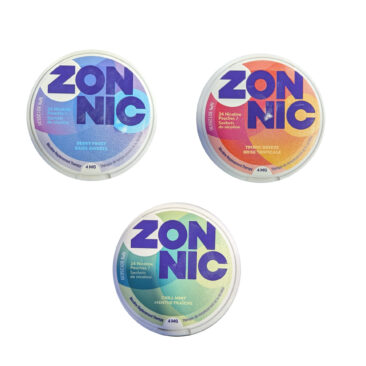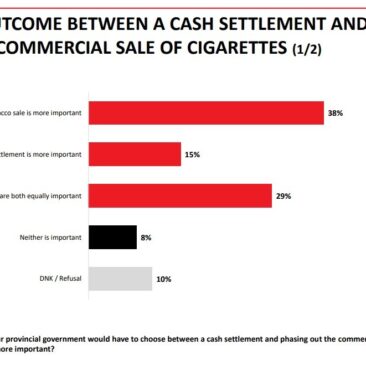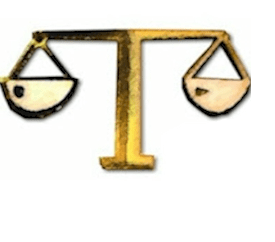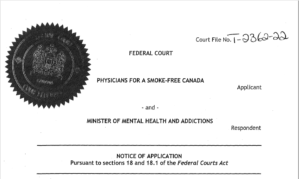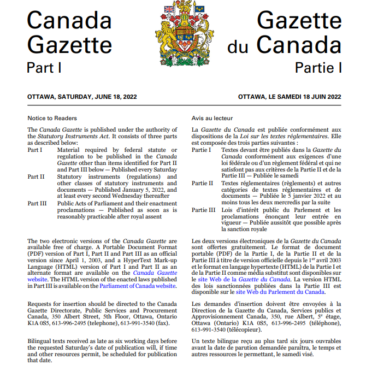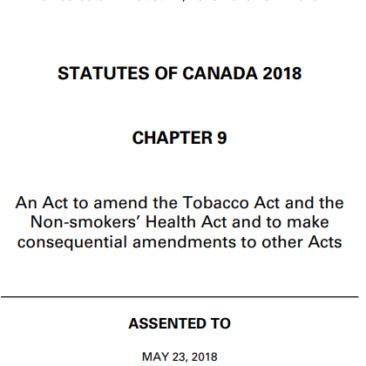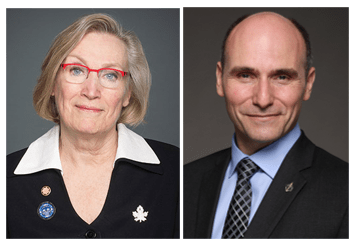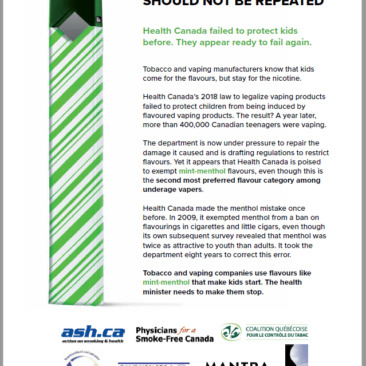Last month, Philip Morris began selling the heated tobacco IQOS devices and sticks in the United States. This is almost 3 years after they were marketed in Canada.
The reason for the delay was that the US Food and Drug Administration would not permit the sale of this or any other new tobacco product until it was satisfied that doing so was in the public interest. In granting authority, the FDA imposed market restrictions and reporting requirements that were designed to limit harmful unintended consequences – like initiating use by non-smokers or former smokers.
As the industry trade magazine Tobacco Reporter describes, the impact of FDA requirement is significant:
Access to the IQOS store is strictly controlled. Customers have to show identification and declare whether they currently smoke cigarettes. Nonsmokers and those under 21 are turned away, according to Altria.
The IQOS marketing authorization requires Altria to keep detailed records and send the FDA quarterly reports on its sales, including details like demographic data on its customers and how many have switched to IQOS from cigarettes or use both products.
The company must also send an annual report with more granular information, including any reports of adverse experiences.
In this post, we summarize some of the different regulatory approaches that have been taken with respect to next generation tobacco products and ways to prevent post-market problems.
DIFFERENT COUNTRIES, DIFFERENT REGULATORY APPROACHES
Canada: Post market reporting required (for tobacco)
In Canada, manufacturers can begin marketing new tobacco or vaping products without having first to seek the permission of federal or provincial governments. As long as they meet the many requirements of federal and provincial laws – taxes, packagign, ingredient restrictions, sales displays – they are allowed to be sold. After products are on the market, companies are required to file monthly or annual reports on certain marketing activities. Different types of nicotine products (eg cigarettes, e-cigarettes, oral tobacco, cigars) trigger different requirements.
Over the past decade tobacco companies have introduced Canadian consumers to new styles of cigarette filters (Aqua and Activate), oral tobacco (Snus), of heat-not-burn (IQOS, glo), of e-cigarettes (JUUL, Vype, Logic, Blu). On no occasion was Health Canada required to assess whether the marketing of these products was in the public health interest, or authorized to take action if this was not the case other than through the enforcement of pre-existing laws and regulations or the development of new ones. The structure of our tobacco regulatory system is one that leads to a perpetual game of catch-up.
The Canadian approach applies the same rules to all products within a certain category. Heat-not-burn tobacco products (like IQOS) and oral tobacco are treated as tobacco products under federal health and tax law, and subject to the same advertising restrictions as cigarettes. Vaping products and oral nicotine are subject to lesser restrictions. Reporting requirements for vaping products, for example, have not been developed although the products have been on the market now for 18 months.
European Union: Premarket notification required for e-cigarettes
In other parts of the world, rules have been put in place to limit the capacity of companies to take government by surprise when they launch new nicotine-carrying products. When the European Union Directive on tobacco was amended in 2014, it included requirements for manufacturers to give governments a six month ‘heads-up’ before marketing any novel tobacco product or electronic cigarettes. The directive also authorizes member states to establish authorization systems for such products. Many countries impose a notification fee to help defray the costs of processing or review.
Some of the challenges of this approach have recently been documented – including the volume of premarket authorizations that can result. Finland received more than 19,000 premarket notifications within a 3 year period.
With this approach, governments are still playing a game of catch-up, but the industry has a little shorter head start than in Canada.
USA: Premarket authorization required for next generation products
The U.S. has gone further than any other country in ensuring a review of products before they are marketed.
All tobacco products introduced to the market or modified after 2007 are required to submit a Premarket Tobacco Application (PMTA) to the U.S. Food and Drug Authority. (Minor changes to cigarettes, however, can be introduced without this process if they are ‘substantially equivalent’ to a product already on the market).
In 2016, this requirement was extended to e-cigarettes. Those which were already on the market were given until May 2020 to submit an application for approval. (BAT’s subsidiary recently did so for some of its vaping devices). A little over a year from now, the FDA will be granting approval and setting the conditions of sale for JUUL, Logic, VYPE/VUSE and the hundreds of products sold by large and small manufacturers, or it will be ordering them them off the market.
Essentially that means that all of the “next generation products” must eventually be approved by the FDA or removed from the market.
In the USA, the government has the power to tell the companies to wait at the starting line until the regulations are ready and to expect that some will be sent off the field – even if they are well down the track.
Getting authorization is a privilege that comes with conditions
Unlike Europe or Canada, the U.S. health regulators are obliged to assess whether or how allowing any of these new products will contribute to the health of Americans. As the FDA describes it:
A PMTA must provide scientific data that demonstrates a product is appropriate for the protection of public health. In order to reach such a decision and to authorize marketing, FDA considers, among other things:
- Risks and benefits to the population as a whole, including people who would use the proposed new tobacco product as well as nonusers;
- Whether people who currently use any tobacco product would be more or less likely to stop using such products if the proposed new tobacco product were available;
- Whether people who currently do not use any tobacco products would be more or less likely to begin using tobacco products if the new product were available; and
- The methods, facilities, and controls used to manufacture, process, and pack the new tobacco product.
So far, the FDA has approved two products under this process: The IQOS heat not burn cigarette (2019) and Swedish Match snus (2015). It recently authorized Swedish Match to inform consumers that their products pose lower health risks than cigarettes.
FDA Permission to sell Next Generation Products comes with strings attached:
The FDA process permits the regulator to apply specific rules to specific products. It allows them to permit some vaping device designs, but not all. It allows them to put different conditions on some manufacturers than on others.
The FDA’s authorization for IQOS illustrates how a product-specific, company-specific authorization can be constructed. In the 122-page review made public this spring, the FDA transparently explained its reasons for issuing the authorization, including the reasons that the advice of some its own experts were rejected and over ruled. It set the constraints that Philip Morris must follow, including the guidance that it is to take measures to prevent new uers, former smokers or dual use:
Limiting youth exposure and initiation and use of the products as you have indicated in your PMTAs (i.e., complete switching to IQOS by adult cigarette smokers) are important components of consideration for the marketing of these products to continue to be appropriate for protection of the public health.
The level of detail in the reporting requirements greatly exceed those currently in place in Canada. Under these requirements (page 102 to 110 of the authorization decision), PMI must report on past activities and give notice of future ones. The first four (of several dozen) of these obligations reflect how much more detail is required than in Canada.
- A summary of U.S. sales and distribution of the tobacco products, including total U.S. sales reported in dollars, units, and volume, and broken down by U.S. census region, major retail markets, and channels where the products are sold (e.g., convenience stores, food and drug markets, big box retailers, digital platforms, tobacco specialty shops, company-owned stores).
- Data on product purchasers. Report any data collected about new purchasers, those who have switched tobacco products, and/or multiple product users. The results must be broken down by purchaser demographics (e.g., age, gender, race/ethnicity, geographic location) and must not include personally identifiable information.
- An analysis of the actual delivery of advertising impressions, by channel, by product, and by audience demographics (e.g., age, gender, race/ethnicity, geographic location), including a breakout by age-group (i.e., adults, ages 25+; young adults, ages 18-24; and youth, ages 12-17 and ages 11 and under). This analysis must be verified against post-launch delivery-verification reports submitted to you from an accredited source.
- A summary of media tracking and optimization, by channel, by product, and by audience demographics (e.g., age, gender, race/ethnicity, geographic location), including a summary of realtime digital media monitoring to identify, correct, and prevent delivery of advertising impressions to youth, ages 17 and under, and including a summary of implementation of any corrective and preventive measures.
The cost? Born by the tobacco industry
The FDA approach comes with a cost, as it takes a large infrastructure to manage approvals and post market surveilance. The FDA’s budget for its tobacco control office is more than $660 million this year. Importantly, these activities are not funded by the general taxpayer, but through a special assesasment of “Tobacco User Fees” charged to manufacturers on the basis of their market share in certain product categories.
The benefit? Greater transparency and more science behind decision-making
The FDA review process provides a tranparency that allows for independent scientists and public health contributors to participate knowledgeably in the regulatory process. Much of the companies’ application, the FDA decision and the opinion of its critics and supporters become a matter of public record. (A year ago, Tobacco Control published a supplement of independent assessments of PMI’s application).
The FDA invested more than US$180 million last year to outside researchers (Tobacco Centers of Regulatory Science) to participate in building the science to inform tobacco regulation. That’s more than 4 times Health Canada’s entire tobacco control budget!

